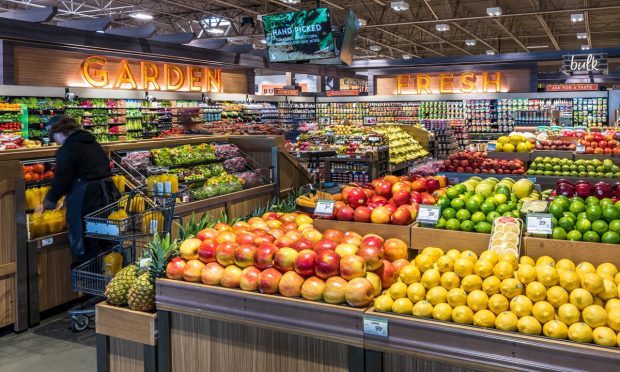Albertsons Goes After Consumers’ Health Benefits Spending with New Partnerships

Albertsons Companies has set its sight on an untapped pool of funds — consumers’ health benefits.
The grocery giant, which has more than 2,200 stores across the United States under a number of well-known banners, announced Friday (March 31) two new partnerships, one with global fintech giant FIS and one with healthcare technology company Soda Health, to enable consumers to use their health benefits funds on eligible purchases from the grocers’ stores.
These partnerships could drive spending at Albertsons’ pharmacies and boost grocery spending, with some plans offering benefits for purchasing nutritious foods.
“Expanding our benefit card partnerships are essential in ensuring that our customers have access to the broadest selection of nutritious food, supplements and OTC [over the counter] medicine that improve their health and well-being,” Omer Gajial, executive vice president of pharmacy and health at Albertsons Cos., said in a statement.
The news comes as grocers for ways to keep consumers’ spending up despite the increasing economic pressures facing many shoppers. Research from the latest edition of PYMNTS’ New Reality check study, “New Reality Check: The Paycheck-to-Paycheck Report — The Supplemental Income Edition,” which draws from a February survey of more than 4,000 U.S. consumers, finds that one in five live paycheck to paycheck with issues paying bills.
Low-income consumers are especially having trouble. While the overall share of consumers struggling to pay their bills has fallen slightly in the last couple of years, the share of consumers earning less than $50,000 annually who live paycheck to paycheck with issues paying bills has risen 16% since May 2021 per the report.
Alongside Albertsons’ health benefits partnerships, the grocer also shared in Friday’s announcement that it is looking to help 50,000 consumers enroll in Supplemental Nutrition Assistance Program (SNAP) and Special Supplemental Nutrition Program for Women, Infants, and Children (WIC) benefits over the course of this year.
The news comes as grocers and other eCommerce food businesses seek to capture as much of SNAP participants’ spending as possible, even as consumers’ benefits get slashed. For instance, DoorDash announced last Friday (March 24) that it will enable Supplemental Nutrition Assistance Program (SNAP) payments across the United States by 2025.
“Local delivery can help reduce transportation and other barriers by giving people access to nutritious food and healthy choices in a convenient and dignified way,” Max Rettig, vice president, public policy and social impact at DoorDash, said in a statement.
Indeed, companies benefitting from eGrocery sales are looking to access as many untapped or under-tapped pools of funds as possible. In December, for example, Instacart launched a pop-up online shop for eligible items under Flexible Spending Accounts (FSAs) and Health Savings Accounts (HSAs) to drive end-of-year sales.
These moves also contribute to eGrocery platforms’ efforts to close the digital spending gap with lower-income consumers. PYMNTS’ study “The ConnectedEconomy™ Monthly Report: Digitally Divided — Work, Health and the Income Gap” notes that high-income consumers are 70% more likely than low-income consumers to participate in the digital economy.

